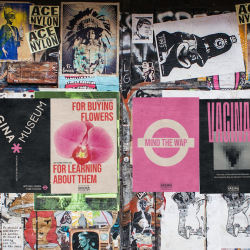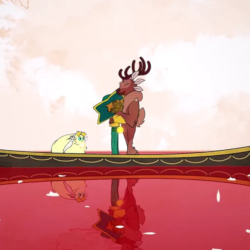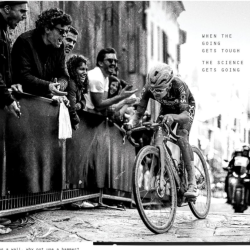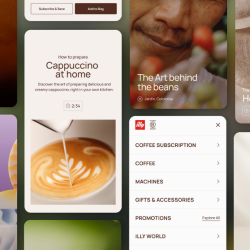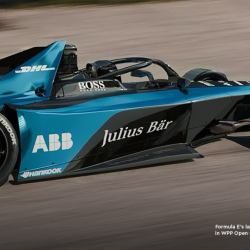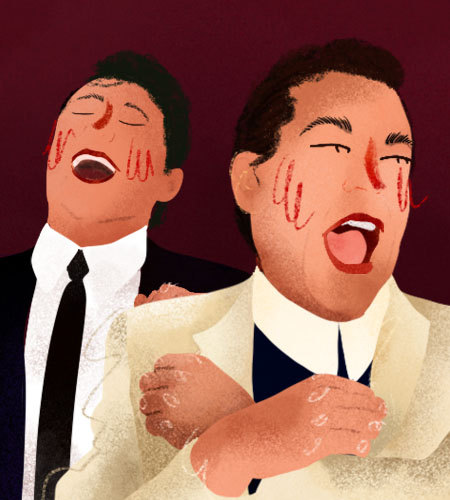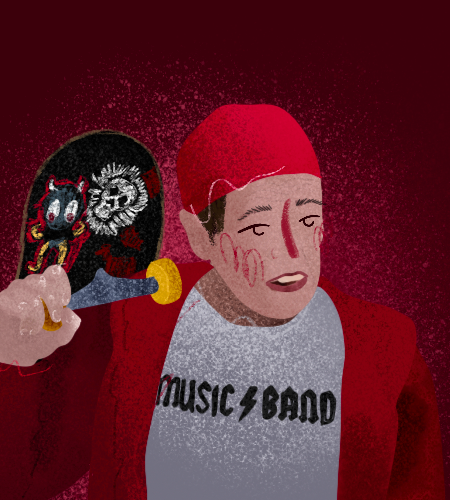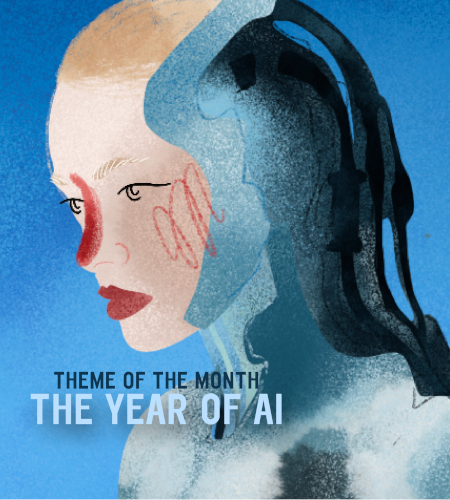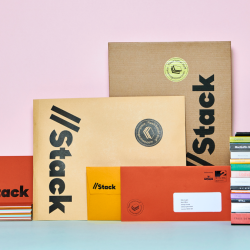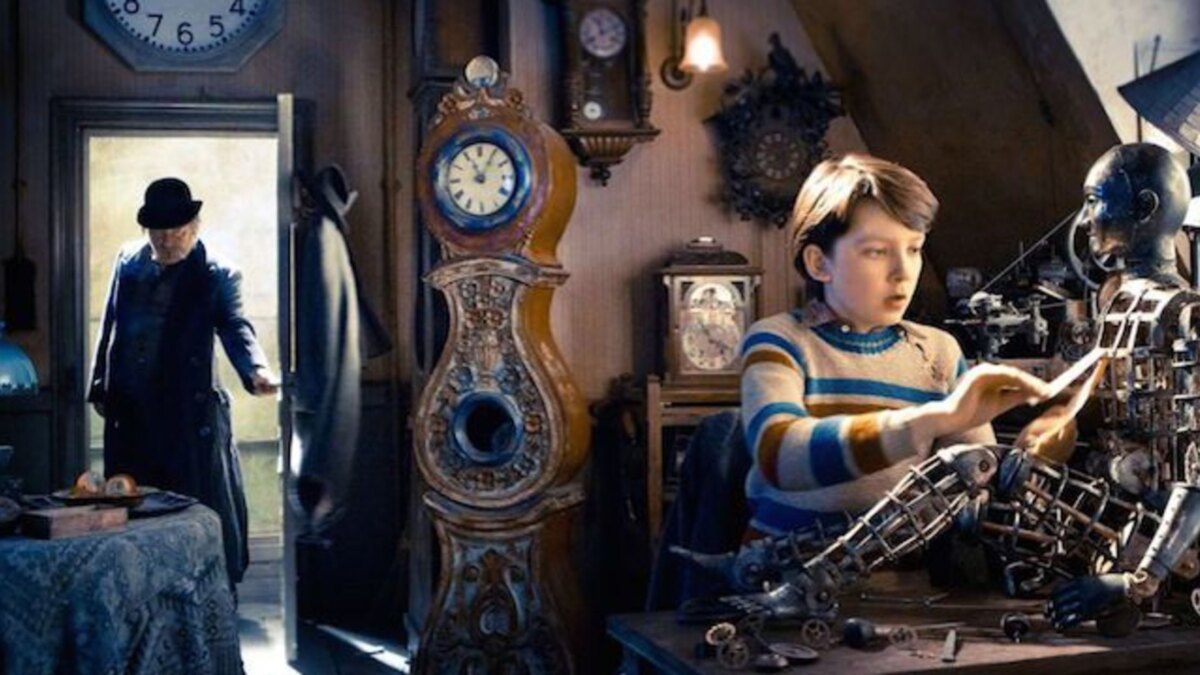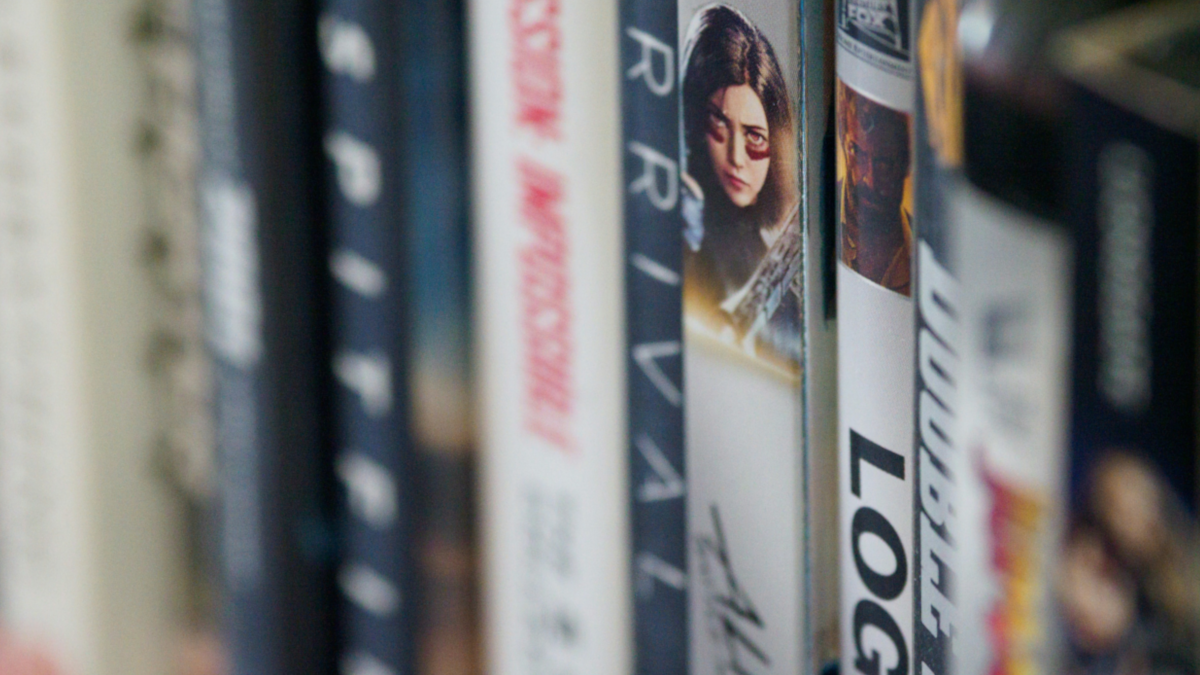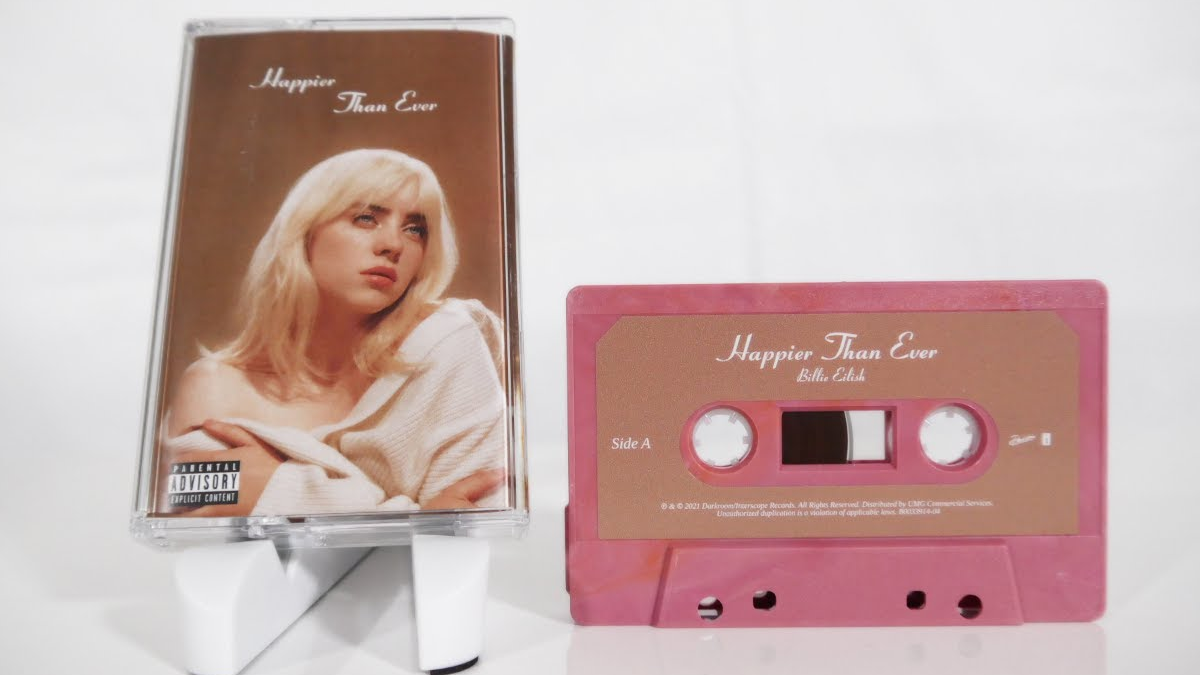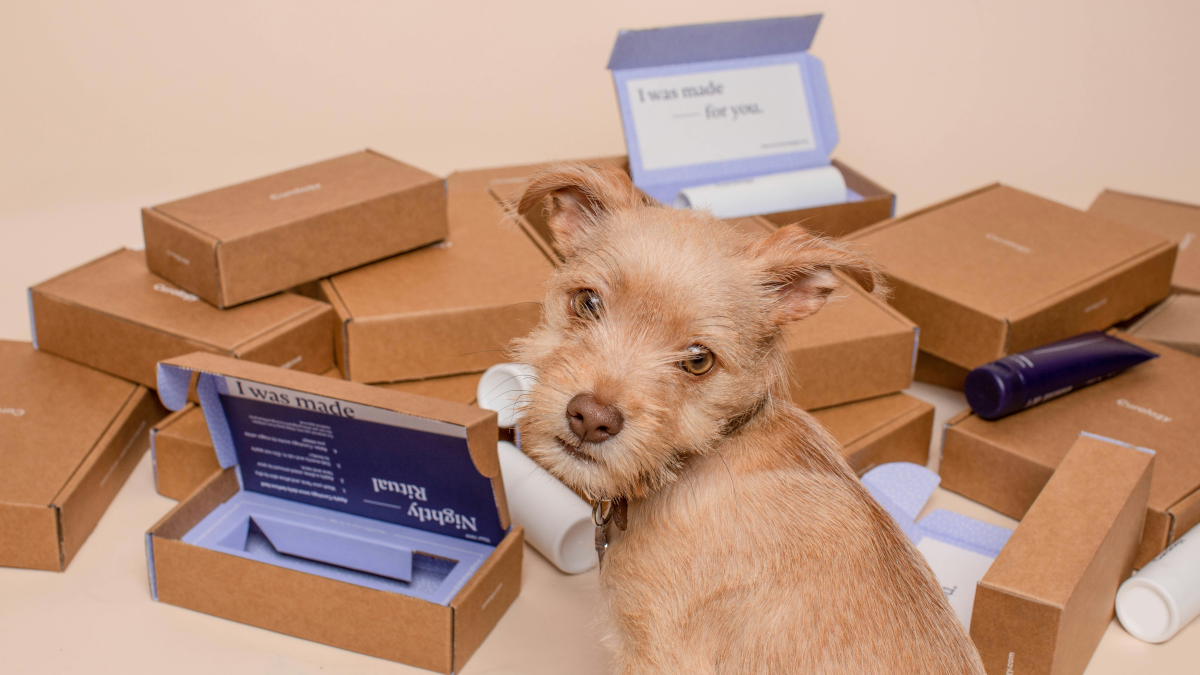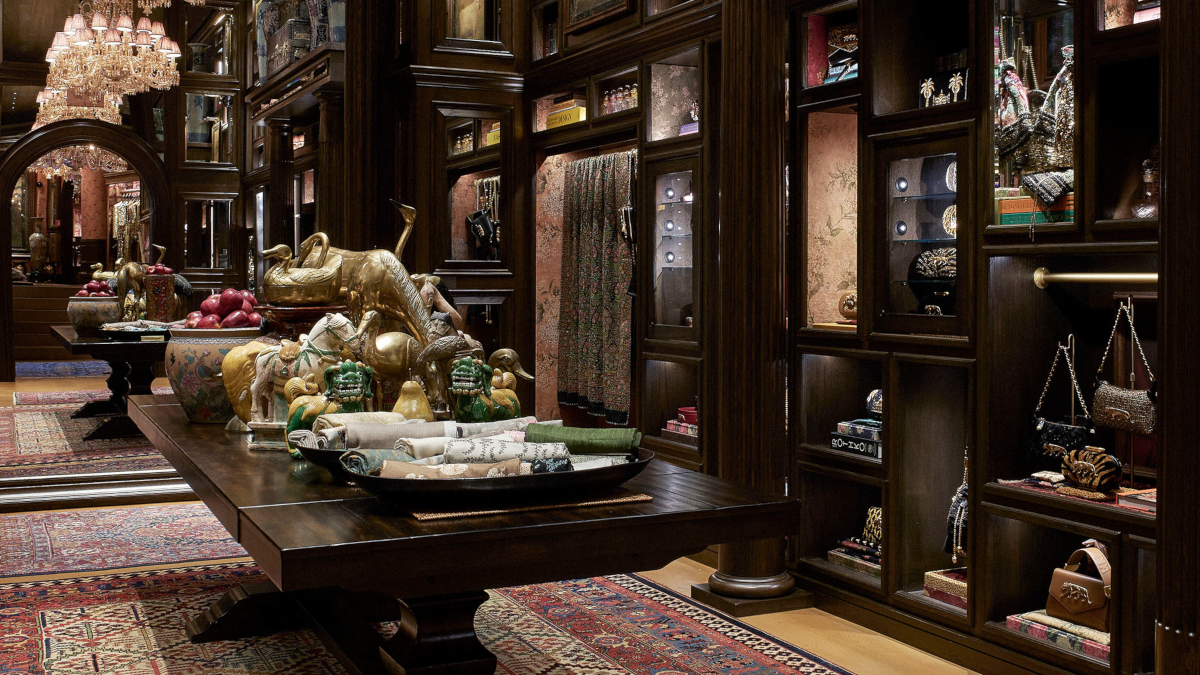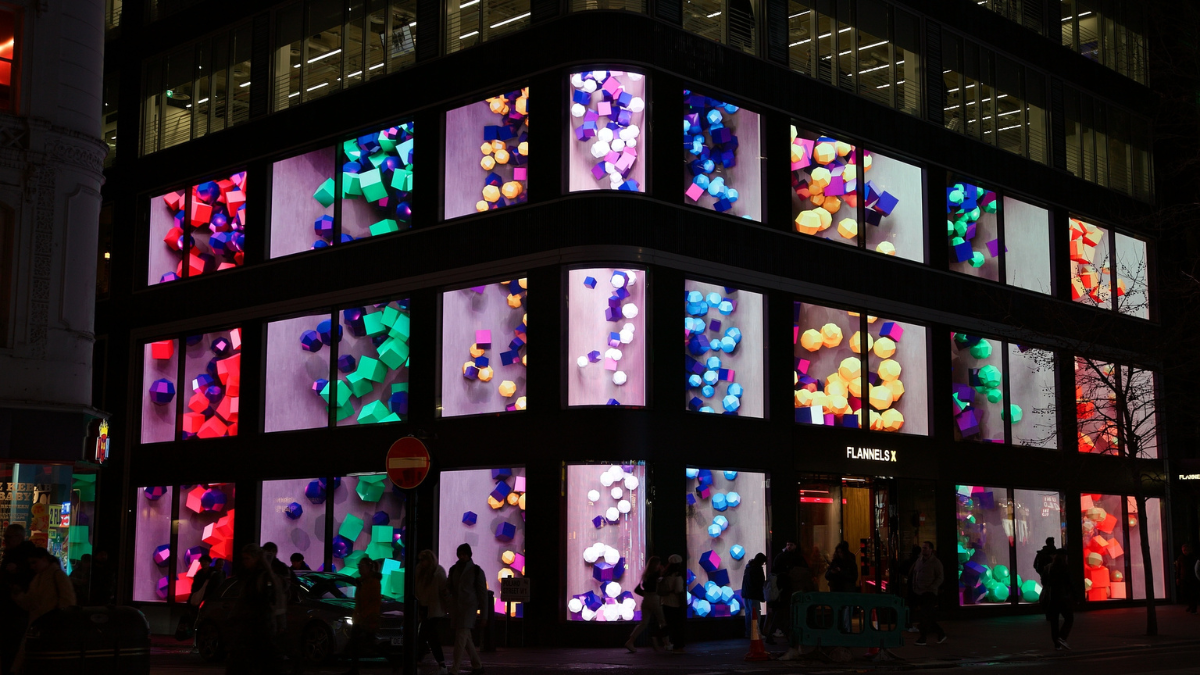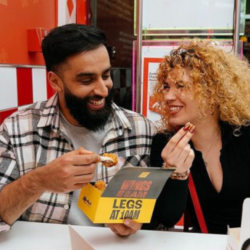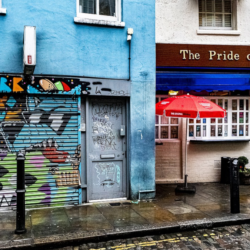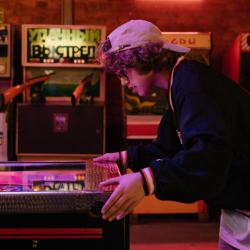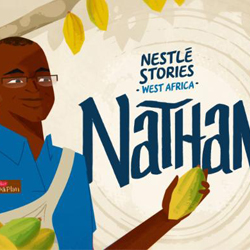Like many, I spent the weeks pre-Christmas trying to make it to the big day Covid free, a by-product of this self-imposed isolation was watching far more TV, and adverts, than usual. This led to noticing something about the way brands talk to audiences about time. More specifically, in almost all cases, they’re suggesting ways to save it, or ways to spend it.
And why not? Time is a commodity few of us luxuriate in. 65% of working parents agree there’s not enough hours in the day and 60% think how they spend their time is more important than accruing money (TGI)*.
With so much value, perception of time – or lack of – affects choices people make about how they live. Feeling time poor is associated with unhealthy diets, fewer family meals, and less engagement with desired leisure experiences. So, as marketers, we often take this perceived lack of time and attempt to fix it. After all, time is money.
A good example of this comes from IKEA UAE who converted consumers’ time into money using Google maps data — to reward those who had travelled long distances with store vouchers.
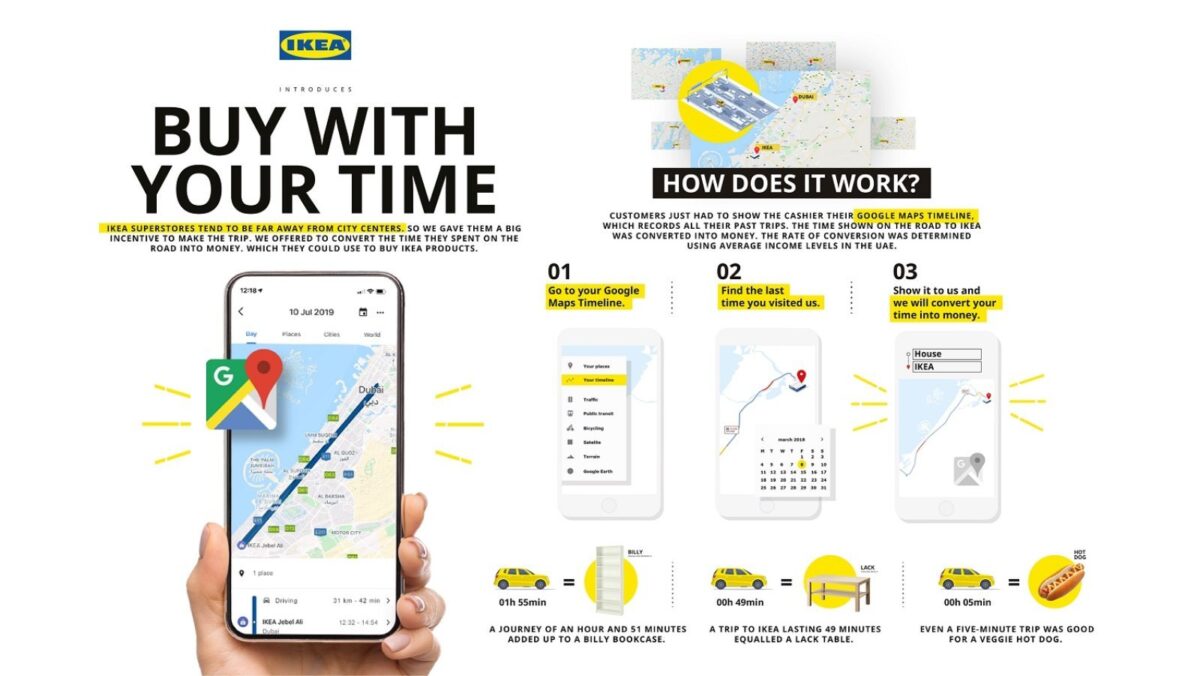
Helping customers maximise their time makes sense, but perhaps there’s another way of approaching time with consumers — away from the promise of instant gratification — that could reap longer-term rewards.
If we can cast our minds back to Twixtmas, the period between Christmas and New Year. Here everything slows; movement is restricted from couch, to kitchen, to bed, leftovers are eaten, box sets are binged. And at some point — without fail — someone will pipe up ‘what day is it again?’ And with that, everyone will suddenly realise they have absolutely no idea.
Time has ceased, momentarily, to be of much importance.
“The clock does not stop… but we do not hear it ticking”
Eberle
Without knowing you’ve entered ‘deep time’, referring to the sense of timelessness we feel in these instances. Whilst it may feel alien to us now, not all that long ago, humans didn’t pay much attention to time. Before we started living by clocks, then watches, then smart devices, we lived in an entirely different way, by the sun rising and falling and the seasons changing.
The concept of time as a commodity was entirely irrelevant.
There are proven benefits in reaching a deep-time state including increased desire for, and feelings of wellbeing, and increased motivation levels. We all know the elusive creative idea comes when least expected; the shower, walking the dog, or at 3am.
Being free of measured time allows us to overcome mental blocks and experience the world in new ways.
One sure-fire way to propel us into this timeless state is experiencing awe. A Stanford University study showed how a ‘sense of awe’ can actually expand our sense of time. By experiencing awe people felt they had more time available, were less impatient and desired more experiences. Highly desirable benefits.
But deep time is pretty much the exact opposite of where we’ve been mentally living during pandemic years. On high alert and with constant change, we’ve been living day to day, hour by hour, waiting for the next breaking news alert.
So how can marketers inspire awe in a period that isn’t that awe inspiring?
Harvard Business Review determined that ‘perceiving something one has not seen before but that was probably always there’ is one such way. Pernod-Ricard’s Spanish campaign (below) is a good example. Working with the insight that humans avoid thinking about the time they’ve left to live and therefore put off the things they want to do, led to them asking one question — ‘if you knew exactly how much time you had left with the people you love, would you keep on living the way you are?’
An algorithmic calculator predicted exactly how much time people had left with their loved ones in terms of days and hours. The stark reality of their valuation of time created a series of emotional portraits that transcended traditional advertising and was, quite literally, awe inspiring, bringing to life something that was always there but had never been seen.
The campaign was a huge success winning a Cannes Gold Lion for Effectiveness.
So next time we plan a campaign we should perhaps take a step back and think. Instead of functionally telling consumers how to save or maximise time could we go deeper creating comms that inspire awe, with all the benefits that reaps for both brands and consumers?
*Telmar Survey Time TGB20110AS TGI GB 2021 October
Featured image: Hugo (2011)

